- Home
- >
- Preservation Archaeology Blog
- >
- For Bears Ears, Our National Monuments, and the An...
(May 12, 2017)—The outraged community had the Swedish scientist arrested.
The scientist, Gustav Nordenskiöld (1868–1895), had undertaken quite good archaeological excavations, by today’s standards, at cliff dwellings in southwestern Colorado’s Mesa Verde region.
The trouble came in September 1891 when he tried to ship the materials back east by rail, bound from there to Europe. Durango residents were outraged that American heritage and cultural patrimony (as they saw it at the time) could be, simply, taken.
After much legal to-do, it was determined that Nordenskiöld had not broken any laws. His collection today primarily resides in the National Museum of Finland. (He also published his findings in a report that archaeologists still use.)
Thereafter, protecting Mesa Verde was still a long process. Congress finally passed a bill designating Mesa Verde National Park, and President Theodore Roosevelt signed it on June 29, 1906. Mesa Verde remains the only national park established for its archaeological resources (nearly 5,000 documented sites, some 600 of which are cliff dwellings, over more than 52,000 acres—and that is a fraction of the ancient cultural landscape). Archaeology is most often celebrated and protected in national monuments, as at Arizona’s Casa Grande Ruins—and in Utah’s newly proclaimed Bears Ears.
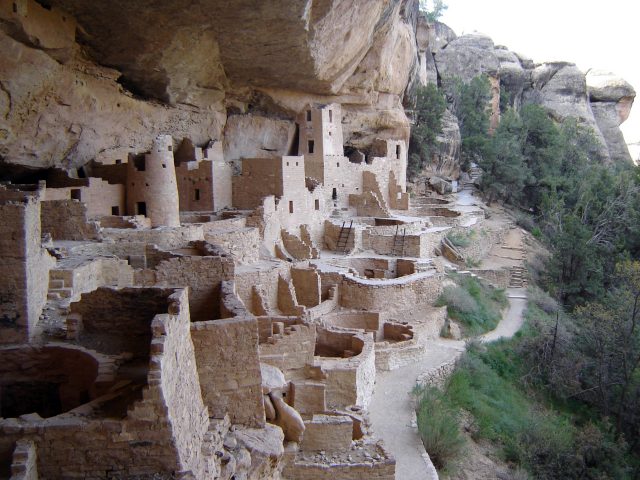
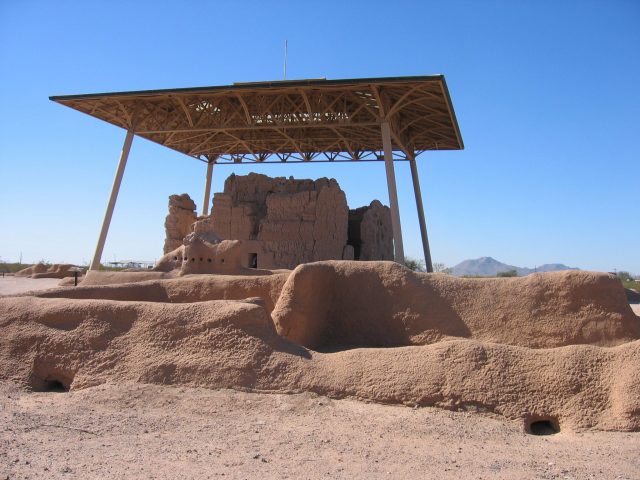
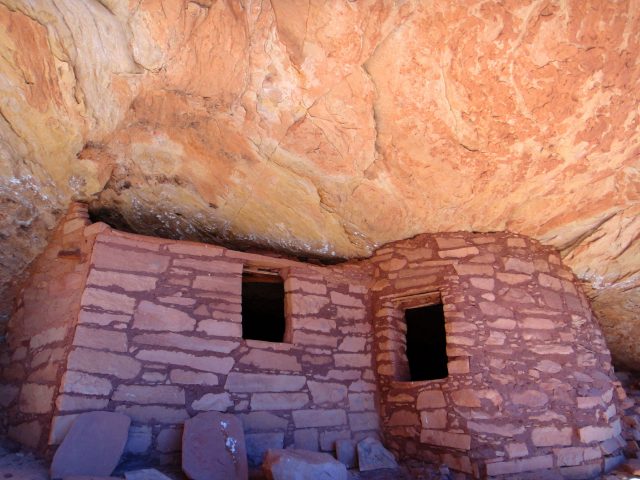
The successful bill had been refined and championed by teacher, archaeologist, and preservation advocate Edgar Lee Hewett (1865–1946). He likewise had the largest hand in crafting the language of the Antiquities Act of 1906, for the Nordenskiöld affair had quickly developed into a national effort to pass a federal law. Teddy Roosevelt signed the Antiquities Act on June 8, 21 days before authorizing Congress’s bill establishing Mesa Verde National Park.
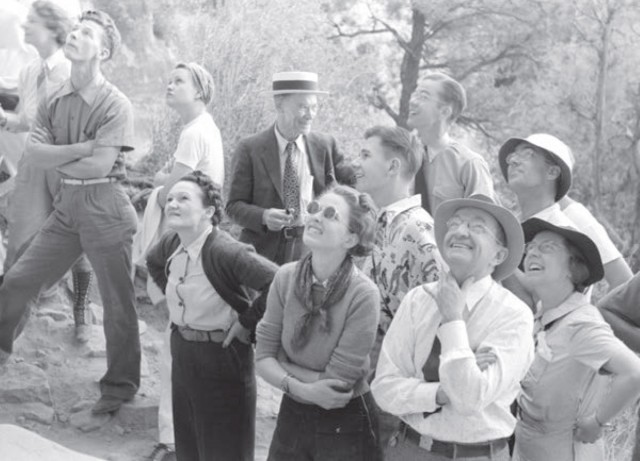
Imagine Arizona without Grand Canyon National Park—because that was a possibility in the late 1800s. Settlers, miners, and corporate interests established claims throughout the canyon, and some capitalized on its tourism potential. One entrepreneur, Ralph Cameron, charged tolls. Grand Canyon Forest Reserve (1893) provided limited protections, but true protection came on January 11, 1908, when Roosevelt proclaimed Grand Canyon National Monument.
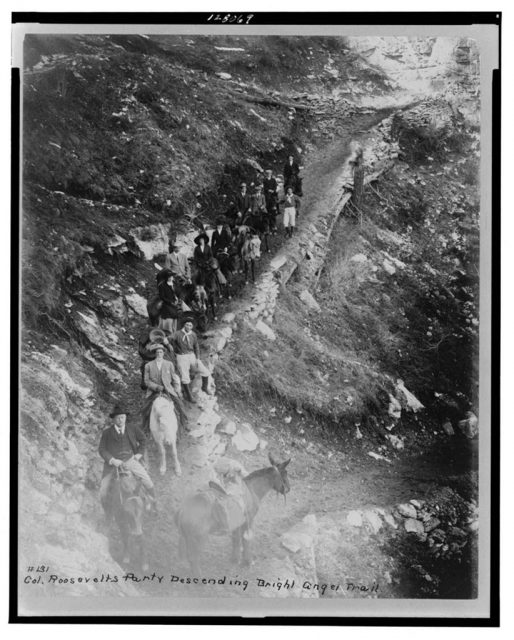
Under the authority provided him by the Antiquities Act:
“The President of the United States is authorized, in his discretion, to declare by public proclamation historic landmarks, historic and prehistoric structures, and other objects of historic or scientific interest that are situated upon the lands owned or controlled by the Government of the United States to be national monuments…”
Few would argue that those initial 800,000-some acres (today more than a million) of the Grand Canyon should not have been protected.
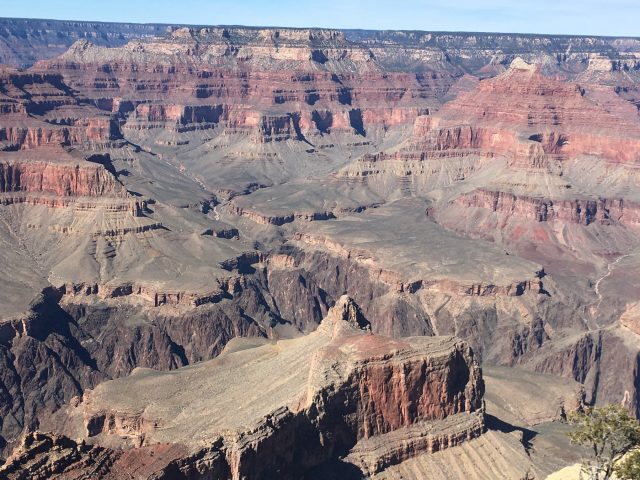
On April 26, 2017, President Trump issued an executive order requiring the Department of the Interior to review national monument designations since 1996 that are greater than 100,000 acres.
This order assails the fundamentally American concept—certainly present in 1891 Durango—of preserving culturally and naturally rich places for the benefit and enjoyment of all Americans.
This order disparages the idea that all Americans’ stories on the landscape, and especially those of America’s indigenous peoples, should be recognized, protected, and celebrated in our public lands. A “monument” is not always a statue, a discrete building, a group of standing stones, a battlefield. A monument may also reflect the ways people have made a living on a landscape, as well as how they value their histories within and at the scale of a landscape. (Moreover, national monuments managed by the Bureau of Land Management are open to a variety of public experiences—as long as those are consistent with the cultural and historical values that gave life to the monument—and BLM monuments inherently maintain their wilderness character.)
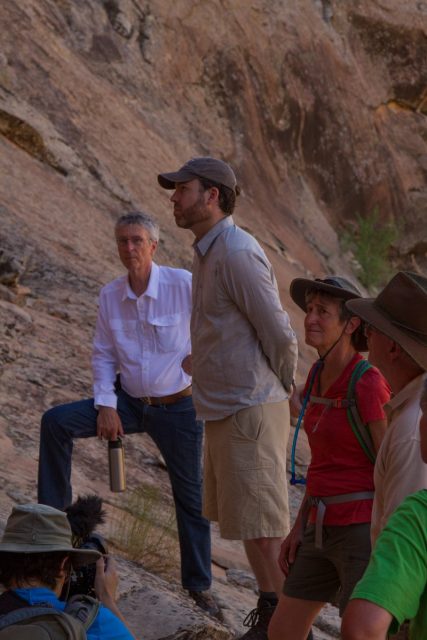
This order indicates contempt for the Antiquities Act and the very concepts the Act asserts—that there is broad public interest in the landscapes that tell our human story, and that these deserve protection.
This order disregards Americans’ overwhelming support, expressed in recent polls, for public lands and waters and for national parks. Some of this support is rooted in the documented economic benefits national parks and monuments and other kinds of public lands provide to surrounding communities. In the American West, these benefits often accrue to rural communities. This can be verified in Arizona, where (by my count) we host five national monuments managed by the Bureau of Land Management and 25 national park units. Four of those national monuments are targeted in the executive order.
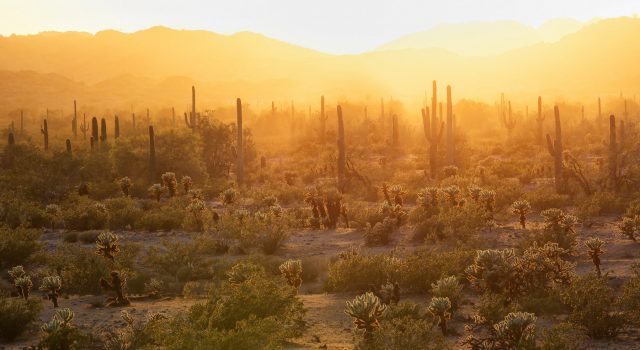
I won’t address criticisms of the sizes or worthiness of Antiquities Act monuments here. Jonathan Thompson at High Country News has already done a great job of debunking many of them for Bears Ears, and so did Sally Jewell.
I will urge you to join our Archaeology Southwest family and our tribal and community partners in opposing any attempt to rescind or diminish a national monument and any attempt to destroy the Antiquities Act. An attack on one monument is an attack on all national monuments.
The first thing we must do is submit comments on the Bears Ears National Monument before the May 26 deadline. Use this link from our friends at Monuments for All. They will archive all responses and ensure that they are delivered via the proper portal at regulations.gov: http://monumentsforall.org/takeaction/.
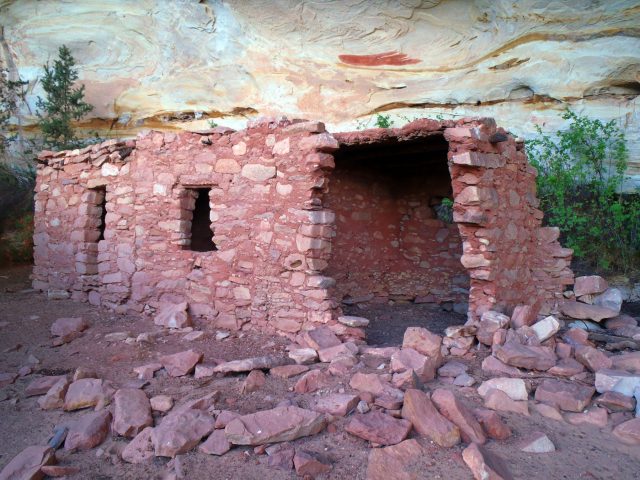
The next thing we must do is submit comments about other monuments “under review” by July 10. In our case, we are going to focus on the four monuments under review in our home state of Arizona: Grand Canyon-Parashant, Ironwood Forest, Sonoran Desert, and Vermilion Cliffs. You can see an initial list of monuments under review here.
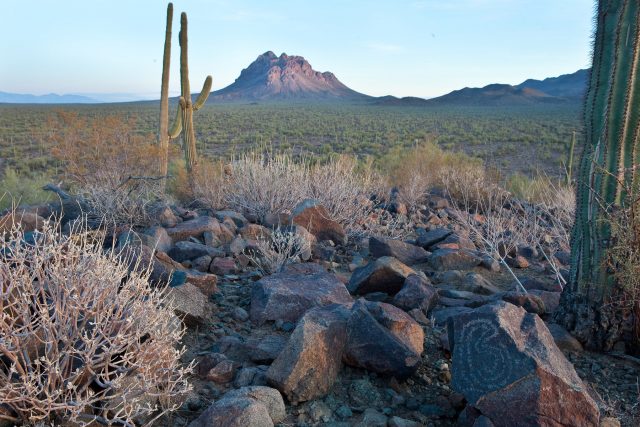
Another action you might join us in is the “Monuments Monday” movement: Call the Department of the Interior each Monday to express our support for public lands and national monuments, 1-202-208-7351. (Some callers report needing to press zero to leave a message, others report that zero takes them to a directory and they do not need to push zero to leave a message.) Note that the “Monumental Monday” calls are a sustained and more general action; to formally comment on Bears Ears National Monument, use this link from our friends at Monuments for All.
We’ll keep you updated here and on our Facebook page and Twitter feed.
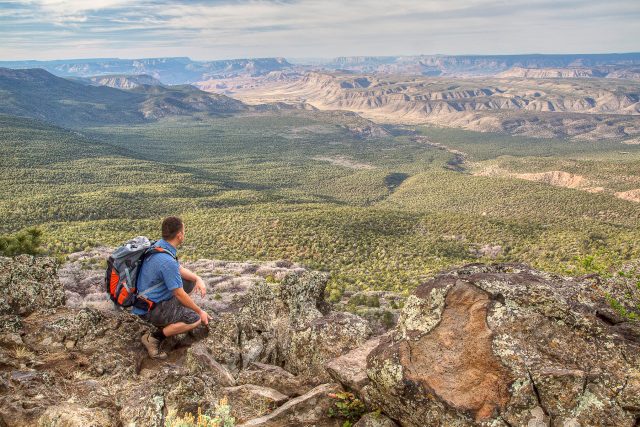
7 thoughts on “For Bears Ears, Our National Monuments, and the Antiquities Act”
Comments are closed.


I have been to almost all of these places and they changed my life.
We went West in 1985, a van load of kids and parents. My daughter is now a geologist because of it.
We were stunned by the beauty of the mountains, the sky and the remains of ancient peoples whose ancestors still live on the land. These lands are ours not developers. If you love the land and you love our country don’t let money and land grabbers take it away from all of us.
10 days left! Bill asked me to add this update:
“Our public lands have had a tremendous positive effect on uncounted numbers of visitors for nearly a century and a half since Yellowstone National Park was established in 1872. While we love to hear your responses to these special places, I just want to make sure that everyone’s first response is to make your strong on-line statement regarding Bears Ears at MonumentsforAll.org. There is probably no more threatened place in the public lands system today, so let’s make sure that there is a clear message sent to Interior Secretary Zinke. We only have until May 26 to speak out in support of Bears Ears, and we can focus on all of the other monuments that are threatened after the Bears Ears deadline. Protect Bears Ears!”
Bears Ears boundaries were reduced to mollify the Utah delegation, carefully considered and declared because of its importance for future generations and to honor Those Who Came Before whose ancestors’ spirits still reside there. It is paramount that the tribal coalition be given the ability to protect, preserve, manage, and utilize the national monument in a manner that is consistent with their culture traditions and that nothing be allowed to strip away its existence for short-term gain or extraction of resources to benefit one generation and deplete the sanctity of its sacredness to indigenous peoples. Do not disturb!
These treasures must be protected. If the bottom-line dollars win, we will lose what it took nature and ancient civilizations to create in many thousands of years. We will lose history, enjoyment, learning and the sense of discovery and excitement. They can never be recreated. Arizona has many such treasures, but we have undiscovered treasures in many areas of our country.
We are from Switzerland and visit Southeast Utah since 25 years. As a foreigner, I am intimately related to this special country that combines natural beauty, the history of the human race including Native Americans and white explorers, and lives from the stories of all inhabitants. This special place needs to be well protected and not given to free use of people with commercial interest or people that want to use it as their outdoor playground and ride across with ATVs regardless of protected areas.
Thanks for your comment. You are providing testimony to the global significance of Bears Ears. I am in full agreement. Also, if you haven’t posted a comment in support of Bears Ears, you may still do so. The comment period has been extended to July 10, 2017. You can do it easily at: monumentsforall.org.
Best, Bill